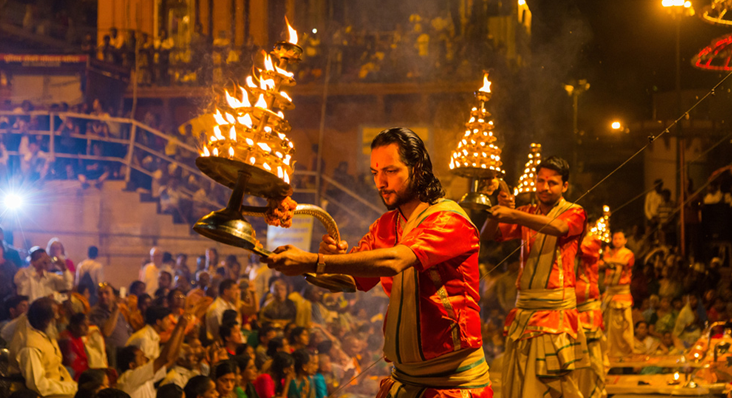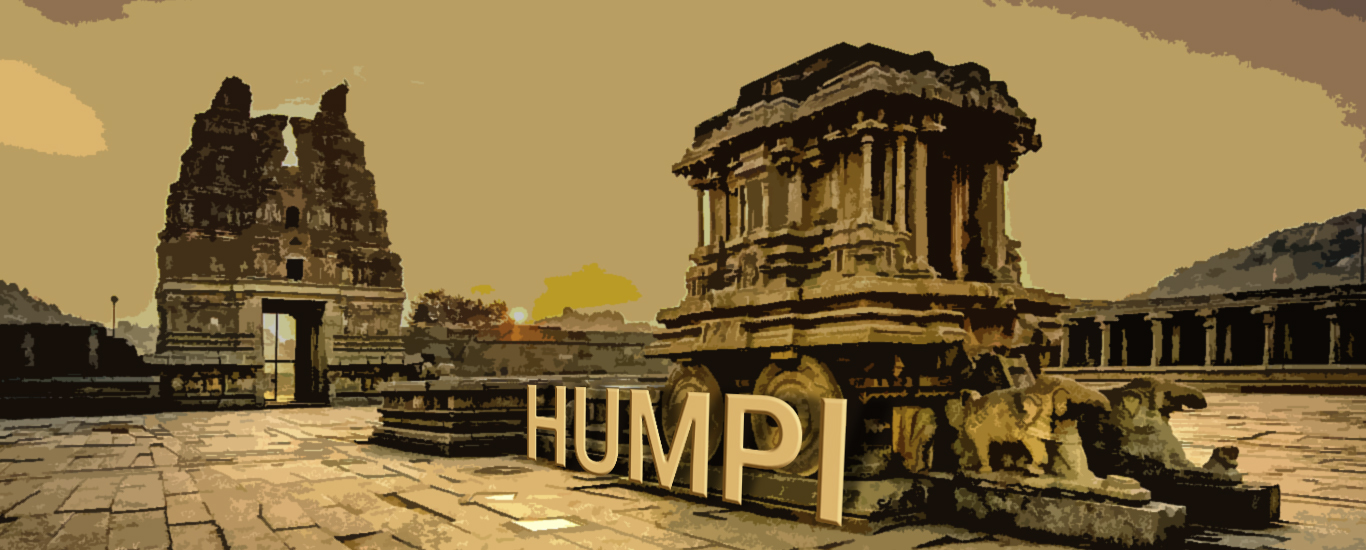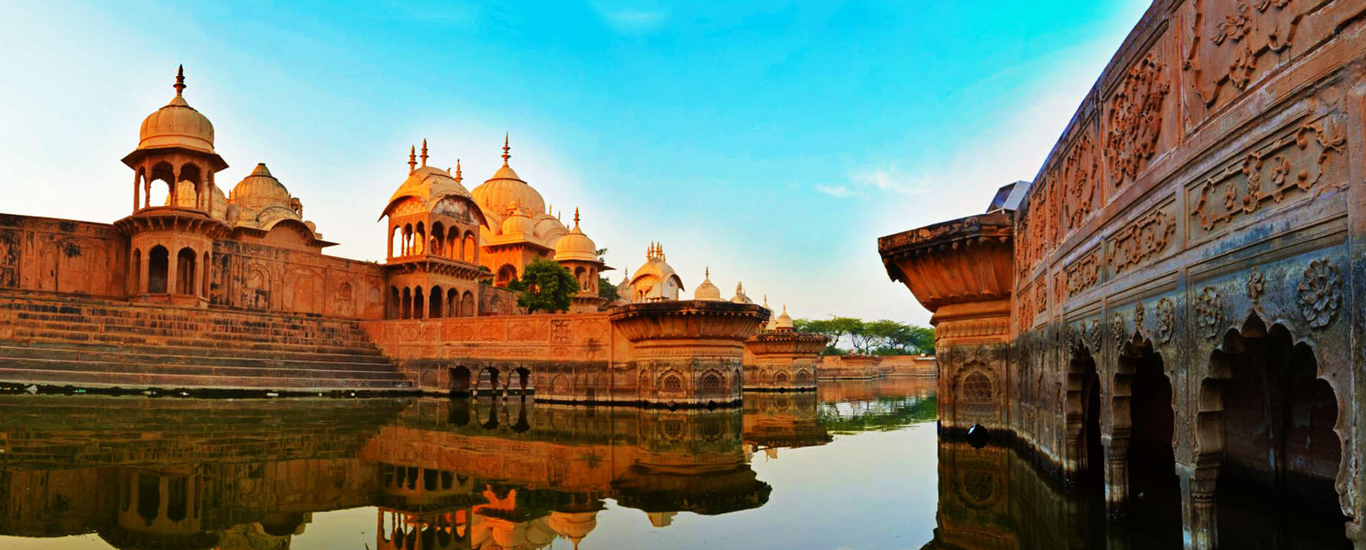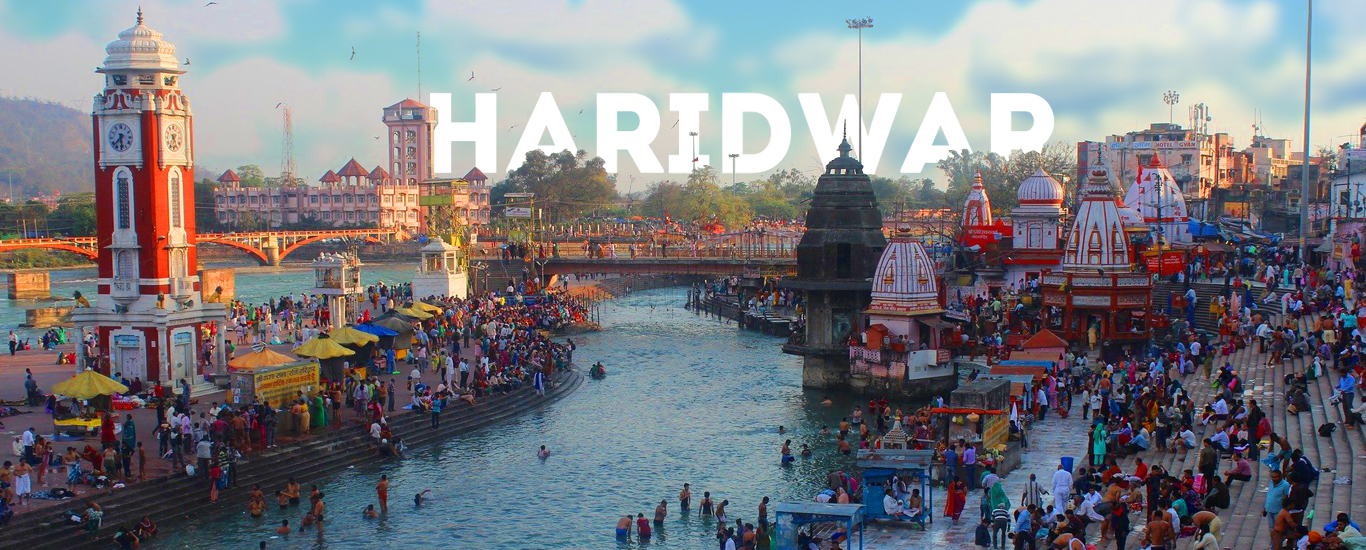Kashi(Varanasi ): A Dip In The Mystic Charm Of Spirituality
“Varanasi is older than history, older than tradition, older even than legend & looks twice as old as all of them put together.” – Mark Twain
Every city is a story in itself and Benaras is the oldest one of them – as old as the Sanatana Dharma which is the very soul of this majestic and ancient city.
What most tourists find here is something that is both old and new at once – modern and ancient, progressive and regressive, all at the same time. And even though the journey doesn’t always go the way most tourists expect it to go, looking back at it, most often say with complete faith that this was what they had needed.
Just spend two weeks in Varanasi and the rhythm of the city will forever beat in your heart.

Why Benaras?
If all you want is a short break from the hustle of life and the never-ending work and stress, then do consider the idea of taking a trip to Varanasi. Although majorly considered a destination for teerthayatra, Varanasi isn’t only for those who seek salvation – it’s for everyone who wants to stop for a moment and breathe in the peace that life has to offer.
If you are not a spiritual person, you might never consider Varanasi – your idea of a vacation might be trekking in mountains, jungles or spending time on the beach. Varanasi can unexpected and intimidating for some people but that’s also why it’s exciting and different.
If you want to explore one of the biggest tourist attractions of India and uncover the mysteries it holds swaddled in its many ghats, you are in the right place.
No matter your mode of journey, the moment you step into the arms of Varanasi, you will feel the pulse of the city that always seems to be moving with so much energy. Varanasi is home to people from all walks of life – tourists, students, priests, aghoris, and artists.
A stroll on the Ghats of Benaras
A visit to Varanasi is never completed until and unless you have experienced the mysticism of its ghats. And of course, we are going to start the tour with the main ghat of Varanasi – the Dashashwamedh ghat. It is one of the liveliest ghats of Varanasi and the Ganga Aarti performed here is magnificent. Mythology has it that Lord Brahma created this ghat to welcome Lord Shiva. You can enjoy the famous Ganga Aarti from the boats even – which is the most preferred way for tourists.
Next, you must visit the Assi ghat which has its own significance. The name comes from the river Assi, although not much of it remains now. The story goes that after slaying the demons Shumbh and Nishumbh, Goddess Durga threw her sword away which fell here in Kashi and a river, Assi, came to be. This is where Assi ghat is.
Another interesting fact involving Assi ghat is that it is the only ghat in Kashi to hold morning aarti called Subeh-e-Banaras. Ganga aarti is the soul of Benaras ghats and you must witness as many as you can – or at least one.
As the evening approaches, you will see many people – students, tourists, families coming over to see the sunset and the famed aarti. We suggest you take the boat to really enjoy the Ganga aarti in its full glory. As you’ll sit on the boat, rocking gently in the lap of Ganges, the miracle evening will finally unfold in the sparkling lamps.

Shaam – E – Benaras
As beautiful as the morning of Kashi is on its ghats, its evening is no less charming – or perhaps it’s more charming and colourful.
Just take a boat and observe the ghats of Benaras cradled in the waves of the Ganges. What you will find yourself gazing at would be a paradise – it would seem as if all the stars had descended from the heavens to the land of mortals. The ghats of Benaras are decorated with not just lamps but also coloured lights and diyas.
As you stare on, you would see priests using lighted oil lamps to do the famous Ganga aarti and it would be an experience like none other you might have ever seen. Ganga aartis on the ghats of Benaras aren’t the casual ones you would see happening in the homes of Hindus during a puja ritual – there are specific stances and poses in which this ritual is performed.
This is a very well-coordinated and organized prayer offering with its own ceremonial rhythm and hypnotic calm. There is no better way of observing this awe-inspiring visual than while floating on a boat in the river.
Listen to the sound of floating water creating music of its own while watching the beautiful ritual unfolding in front of yourself and let the peace settle in. It would feel as if you were standing at the threshold of the world, seeing everything, but blissfully unattached, smiling and happy.
Temples and their stories
Being a spiritual hub, Varanasi is a land of temples (with at least 3000 in all) and almost all of these have a story that is waiting to be discovered every day by a new eye, with a new perspective. It might take you around 3 days in all to visit as many of the most famous temples of sacred Kashi as possible. As it is, start with the most important one – Kashi Vishwanath Mandir.
Kashi Vishwanath Mandir is what makes the crown of this spiritual city. It’s one of the twelve sacred Jyotirlingas of India. Visiting this temple would definitely be difficult, you would almost feel like giving up because so many devotees visit this temple on a regular basis from all the corners of the country and the world. But despite that, coming to Varanasi and visiting Kashi Vishwanath Mandir is a crime in itself.
Next, you must pay a visit to the Kaal Bhairav Mandir which is one of the oldest temples in the holy city, built sometime during the mid-17th century. Kaal Bhairav is considered the guardian god of the city – anyone entering or leaving the city should always seek his blessings to thrive. This temple is supposed to ward off all the evil that may befall an individual visiting, staying or living in Varanasi.
But that isn’t the only temple with the story of a miracle. Another famed temple of Varanasi, the Durgakund Mandir which was built in the 18th century by a Bengali queen also has a story behind its existence. The miracle story of this temple is that the statue of the goddess wasn’t made by any human being, instead, it appeared miraculously at the place and people believe it was by the blessing of the Goddess herself.
Apart from these two, you can also visit the famous Sankatmochan mandir which was built in the 16th century by renowned poet and saint, Tulsidas; Vishalakshi Temple, considered to be a shakti peetha; Maa Annapurna Mandir, built in 1729 by Maratha Peshwa Baji Rao. If after visiting all these temples you still have some time left to explore, we have some real tourist attraction for you – Sarnath.
To nirvana in Sarnath
Temples aside, there are other places in Varanasi of immense historical, educational and recreational purposes that you can explore over the course of a week or two and the best of these is Sarnath.
Sarnath is a village ten kilometres from Varanasi where Buddhism has its calm presence. The Dhamek Stupa there is said to be 1500 years old where Buddha gave his first-ever sermon, revealing the eightfold path. The beauty of Sarnath is truly mesmerizing and the friendly nature of the people might just win your heart.
That’s not the only thing about Sarnath though – being a major tourist spot, there are many monasteries and temples here that are dedicated to Buddhism. You should go and see the Tibetan Buddhist Monastery where a great statue of Sakyamuni Buddha adorns the place. The entrance of this colourful monastery is guarded by two big lions giving it a royal feel.
Once you have visited all the major places in Sarnath, just take a stroll in the place with a bag and a water bottle – you won’t be disappointed. Sarnath has maintained the essence of peace even in its ruins – which are as beautiful as the history of Buddhism.
Sarnath is often a welcome break for people from the chaotic centre of Varanasi which is visited by lakhs of people every day. As much as the jostling and lively heart of Varanasi is charming, Sarnath is strangely quiet, but not in a lonely way – it is quiet in a peaceful way, despite many tourists coming here.
Foods and hotels of Benaras
A visit to any place is really incomplete without having a taste of the regional cuisine and as soon as someone mentions Banaras, few things quickly pop into our head – Banarasi paan, rabri, lassi, kachori sabzi.
When you are in Varanasi, always, always start by eating the famous fabled “Banarasi Paan” which comes in quite a range. There are indeed many types of paan available in Varanasi – Banarasi Sada Paan, Banarasi Meetha Paan, Banarasi Panchmeva Paan, Banarasi Zarda Paan, Banarasi Gulab Paan, Kesar Paan, Navratan Paan, Raajratna Paan to name some of the most famous varieties.
Now going beyond the famous paan, there’s also the famous Malai Rabdi of Varanasi and Dahi Jalebi which many people love to enjoy as their guilty pleasure. Definitely try Ksheersagar’s malpua and different shops in Thatheri bazar for having a range of sweets. And oh the kulhad wali coffee found easily in stalls at Lanka and Girjaghar chowk.
As for staying, many hotels are available in different budgets all over Varanasi – most people opt for lodges and hotels on Assi because it’s closer to the ghat and comes in all kinds of budget. If you want to stay at some luxury hotel, you should definitely consider Taj Nadesar Palace, Brijrama Palace, Taj Ganges and Guleria Kothi.
In a nutshell…
Over the course of one or two weeks, you can easily explore every part and corner of Varanasi. What’s most important about this city is its celebration of life and death both in one breath. While the city is lively, it does allows the loss of a loved one to settle down calmly, showing a path of salvation and leading people on the way to peace.
If you have the chance to stay here for a good length of time, then do observe how death is celebrated in the cradle of Manikarnika and Harishchandra ghats – a place where death is worthwhile. You will find that there is something cathartic about seeing people letting go of their final bonds in this place, accepting and even celebrating the journey onwards, towards moksha.
Explore all the ancient and modern aspects of the city – from Ramnagar fort which smells of the past, to the youthful heart of Benaras in BHU campus, the largest residential college campus in Asia. Observe how youngsters lose themselves in the cold coffee of VT (the new Vishwanath Temple) and bring in a zealous youth in the old soul of this wise city.
For most people who have visited this place, one thing which will always stay with them is the feeling of paradox that this city carries within itself – it’s old and has its flaws – but it has a young, progressive heart. Being here somehow heals the stagnancy which life achieves when it keeps moving at full speed, without a pause or rest. Watching people come here from faraway places in search of moksha (salvation), would never make sense to you until you visit the place.
All that can be said about Kashi is that it does have something mysteriously divine about it, but it often escapes the eyes of the people who have lived here all their lives. To most visitors though, coming from another place, this mystic charm is often palpable and soothing.



